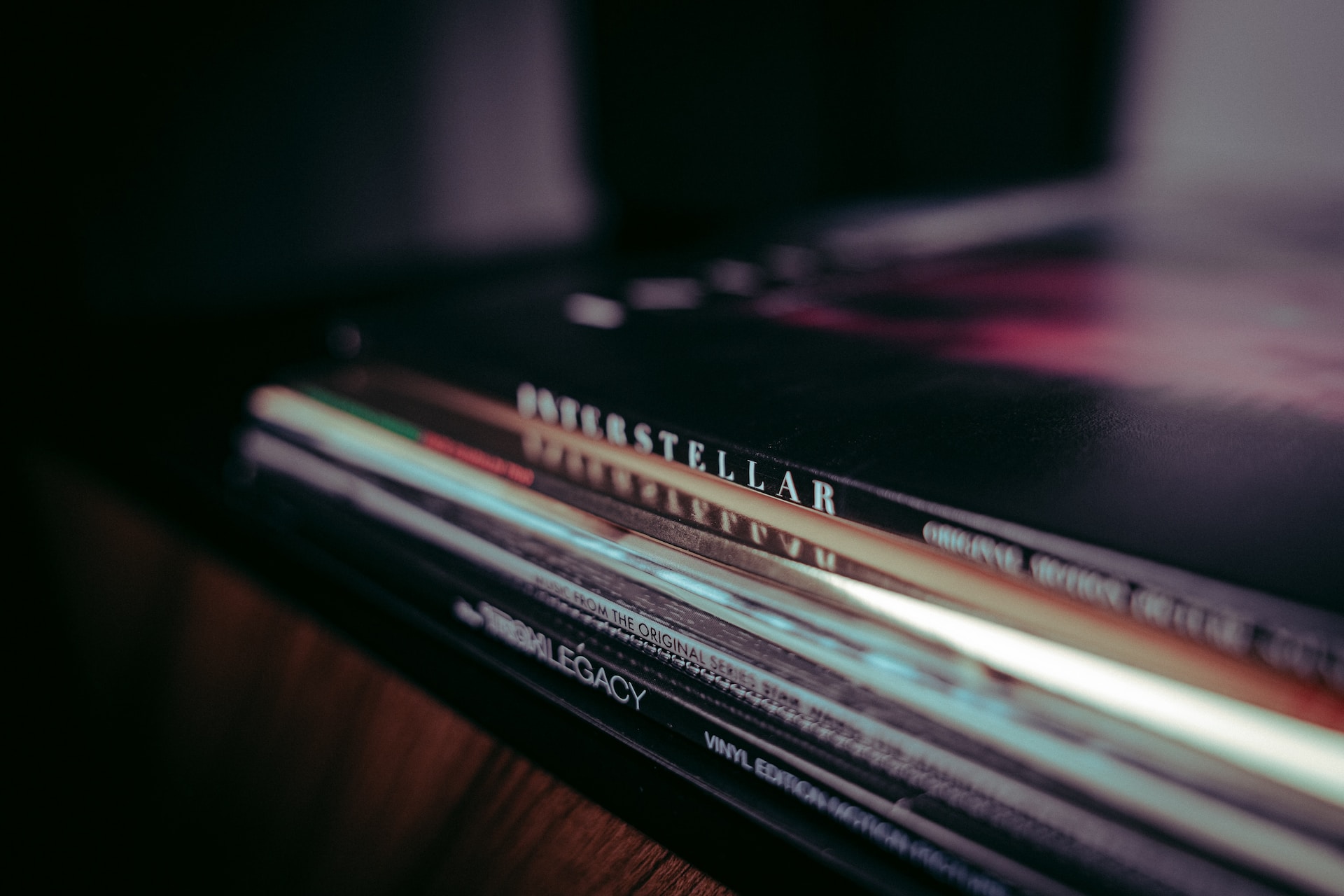When we think about the magic of movies, we often focus on the visual aspects—the stunning visuals, the impeccable acting, and the intricate set designs. However, there’s a crucial element that often goes unnoticed, yet has an immense impact on our emotional connection to films: sound. Soundtracks and sound design play an integral role in shaping the cinematic experience, influencing our emotions, enhancing storytelling, and immersing us in the world of the film.

Setting the Mood
From the suspenseful notes of a horror film to the uplifting melodies of a romantic comedy, soundtracks have the remarkable ability to set the mood of a movie. A well-composed score complements the narrative and characters, heightening tension, evoking nostalgia, or intensifying emotions. Think of John Williams’ iconic theme for “Star Wars,” instantly transporting us to a galaxy far, far away, or Hans Zimmer’s pounding score in “Inception,” which mirrors the complexity of the plot’s dream layers. These soundtracks become inseparable from the films themselves, etching their melodies into our memories.
Enhancing Emotional Resonance
Soundtracks work hand in hand with sound design to create emotional resonance. Sound designers meticulously craft auditory elements—like footsteps on gravel, rustling leaves, or the creaking door of a haunted house—to make the on-screen world feel real and relatable. Imagine a suspenseful scene where the suspense is amplified by the careful use of silence, punctuated only by the protagonist’s heartbeat. These auditory cues engage our senses, making us feel as if we’re not just spectators, but participants in the story.
Symbolism and Subtext
Beyond mere auditory pleasure, soundtracks and sound design offer layers of symbolism and subtext. A recurring motif in a film’s score can represent a character’s internal struggle, while a sudden shift in sound design can foreshadow an impending twist. For instance, Christopher Nolan’s “The Dark Knight” uses the haunting sound of the Joker’s theme to evoke his chaotic nature, subtly revealing his menace even before he appears on screen. These audio cues add depth to characters and themes, inviting audiences to analyze and interpret the film on a deeper level.
Creating Immersion
Sound is a powerful tool for creating immersion, helping to transport audiences to different worlds and time periods. The meticulous recreation of historical sounds or the futuristic tones of a sci-fi landscape can make a fictional world feel authentic and tangible. Additionally, a balanced mix of dialogue, ambient sounds, and music allows us to connect emotionally with characters and their environments. A bustling city street, a serene forest, or a roaring battlefield—all come to life through sound, enriching the viewing experience.
Conclusion
In the grand symphony of filmmaking, soundtracks and sound design are the unsung heroes, enhancing our understanding of characters, guiding our emotions, and immersing us in the worlds on screen. The synergy between visual and auditory elements is what makes cinema a holistic art form. So, the next time you find yourself captivated by a film, take a moment to appreciate the power of sound, for it is the unseen hand that orchestrates the emotions that dance across the silver screen.

